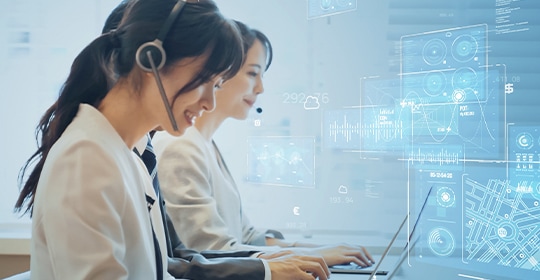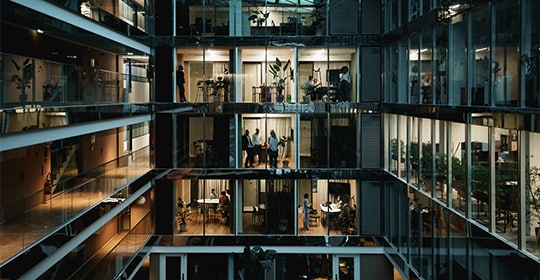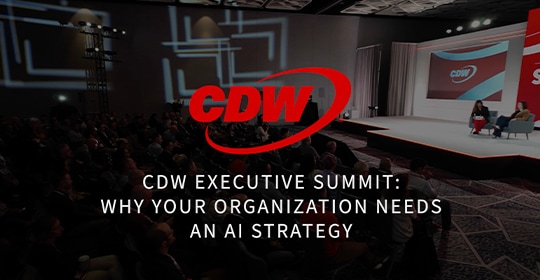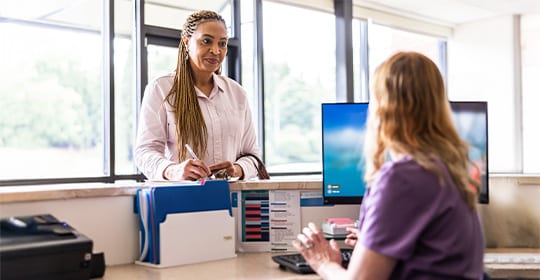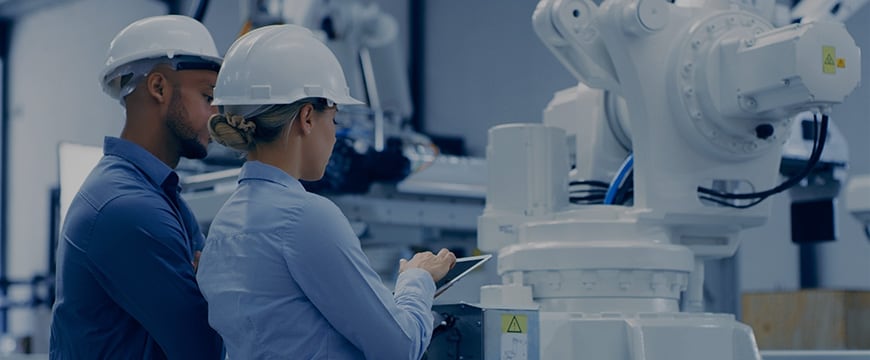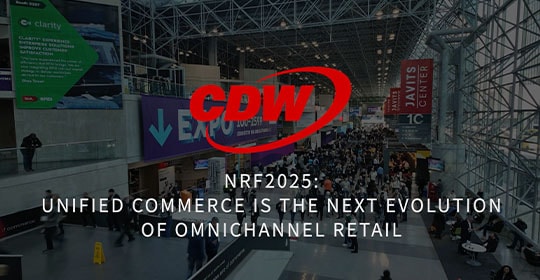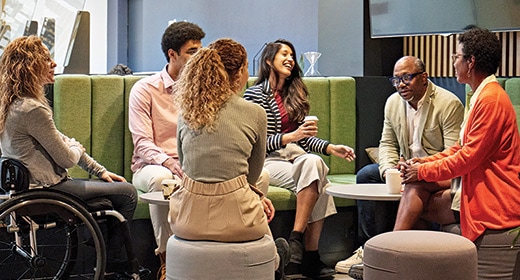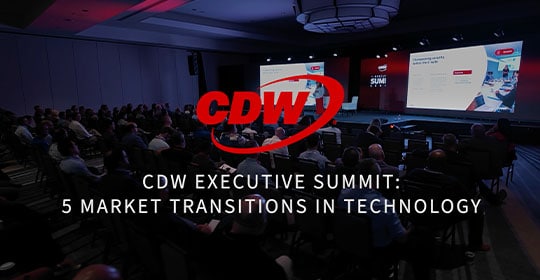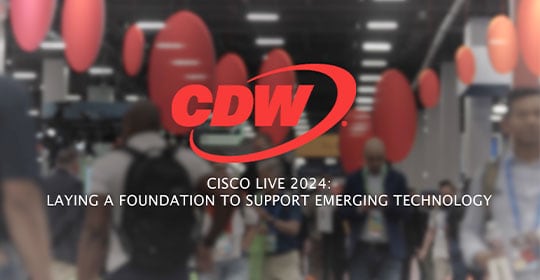Research everything IT
1 - 24 of 57
Sort By:
View:
Jul 01, 2025
Data Analytics
How Observability Improves IT System Performance and Supports Patient Care
White Paper
13 min
With a comprehensive view of systems and application performance, healthcare organizations can proactively address issues and optimize resources to ensure patients receive the care they need.
Jun 09, 2025
Data Analytics
Mining the Value of Data in the Contact Center With AI Use Cases
Article
5 min
Contact centers are evolving to provide an improved customer experience, thanks to data-fueled AI projects.
May 27, 2025
Data Analytics
How NextGen AI is Impacting Cybersecurity
Article
5 min
Artificial intelligence is becoming an integral element of cybersecurity for both attackers and defenders, and it must be considered from all angles.
May 14, 2025
Data Analytics
How to Overcome AI Implementation Hurdles in Healthcare
Article
4 min
Overcome AI challenges in healthcare to enhance patient outcomes and empower clinicians. Explore how CDW can help your organization implement secure, efficient solutions for smarter, more connected care.
May 12, 2025
Data Analytics
How AI Will Continue To Be a Force for Change in the Business Landscape
Article
5 min
Artificial intelligence has been upending tech strategies since the introduction of generative AI, bringing both opportunities and challenges to users in every industry.
Apr 21, 2025
Data Analytics
Minimum Viable Data Governance: Laying the Foundation for Data Success
Article
6 min
Find out how your organization can navigate the complexities of today’s data-rich environments and the promise of AI with a strong data governance foundation.
Apr 14, 2025
Data Analytics
CDW Executive SummIT: Why Your Organization Needs an AI Strategy
Video
4 min
Choosing not to incorporate AI use cases could put your organization at a competitive disadvantage. But such choices should be made strategically, according to your particular needs.
Apr 07, 2025
Data Analytics
NVIDIA GTC 2025: How To Realize ROI for AI Adoption
Video
4 min
For some organizations implementing AI projects, defining and measuring a return on investment can be elusive. Setting expectations is a key first step.
Mar 25, 2025
Data Analytics
Minimum Viable Data Governance: An Agile Approach To Modern Data Ecosystems
Webinar
1 min
Discover a more agile approach to data governance. By leveraging existing tools and cost-effective solutions, MVDG helps you get started quickly with minimal upfront investment and scale as the business grows.
Mar 10, 2025
Data Analytics
Bridging Consumerism and Price Transparency in Healthcare
Article
4 min
Discover how price transparency is reshaping healthcare by empowering patients and fostering equity. Explore the challenges, opportunities, and solutions organizations can leverage to build a more transparent, efficient, and patient-centered system.
Feb 14, 2025
Data Analytics
Taking Advantage of Data and AI for Better Healthcare Outcomes
White Paper
12 min
Data platforms can help healthcare organizations achieve effective governance and set them up for AI success.
Feb 12, 2025
Data Analytics
Making Factories Smarter with OT Data Integration
Article
5 min
On the path to Industry 4.0, smart factory automation is essential to enhance efficiency while improving productivity and product quality. Integrating operational technology (OT) data with IT systems is key — but it can come with challenges.
Jan 23, 2025
Data Analytics
NRF 2025: Unified Commerce is the Next Evolution of Omnichannel Retail
Video
4 min
Unified commerce isn’t just a buzzword. It’s a strategy that aims to bring together customer data to provide the most seamless shopping experience across all retail channels.
Jan 22, 2025
Data Analytics
13 Ways AI Enhances Healthcare Operations, Patient Care and Treatments
Article
5 min
Discover how AI is revolutionizing healthcare by streamlining daily tasks, improving patient care, and enabling personalized treatments. Explore its role in boosting efficiency, enhancing safety, and shaping the future of medicine.
Jan 10, 2025
Data Analytics
Breaking Data Silos Boosts Healthcare Referrals and Patient Engagement
Article
0 min
Discover how integrated systems and automated referral processes are breaking down data silos in healthcare. Learn how these innovations enhance patient care, improve referral efficiency and boost operational performance for a patient-centered future
Jan 08, 2025
Data Analytics
7 Strategic Initiatives Organizations Should Focus On in 2025
Article
4 min
AI is no longer an optional addition but a strategic imperative. How you implement AI into your strategic initiatives going forward will be critical in driving your organization’s success.
Dec 16, 2024
Data Analytics
Developing a Holistic Data Strategy for Nonprofits
White Paper
12 min
Nonprofit organizations manage an enormous amount of sensitive donor data, often with limited budgets and IT staff. To overcome these challenges, many turn to trusted third-party IT partners.
Nov 06, 2024
Data Analytics
EDUCAUSE 2024: Industry Partnerships Bring Large Language Models to Life
Article
5 min
Experts help higher education institutions deliver secure generative AI experiences.
Oct 31, 2024
Data Analytics
CDW Executive SummIT: 5 Market Transitions in Technology
Video
4 min
CDW and its customers are encountering the same market shifts in technology modernization, which experts predict will continue throughout 2025.
Oct 23, 2024
Data Analytics
Focus on AI: Putting It to Work for Your Organization
Article
4 min
At CDW’s Executive SummIT, experts offer insights on strategy, security and use cases.
Oct 08, 2024
Data Analytics
The Hidden Perks of Data Virtualization Solutions
Article
6 min
This unique combination of lesser-known capabilities makes data virtualization an even more compelling solution for your organization.
Jun 26, 2024
Data Analytics
Cisco Live 2024: Laying a Foundation to Support Emerging Technology
Video
2 min
To fully realize the benefits of emerging technologies such as artificial intelligence, organizations must lay the groundwork to support their business goals as well as the tech needs inherent in those innovative solutions.
Jun 20, 2024
Data Analytics
Snowflake Summit 2024: Why IT Leaders Must Reimagine Data Governance
Article
4 min
Experts share why striving for quality data can boost the success of artificial intelligence projects.
May 29, 2024
Data Analytics
AI in Customer Experience Enhances the Buyer's Journey
White Paper
13 min
To meet the elevated expectations of customers and employees, organizations must look to artificial intelligence and other emerging technologies.
1 - 24 of 57




